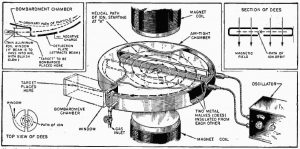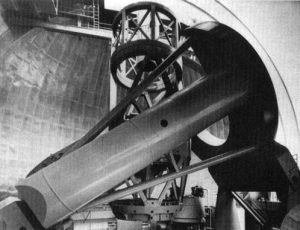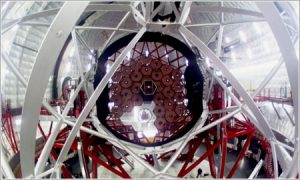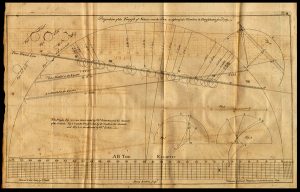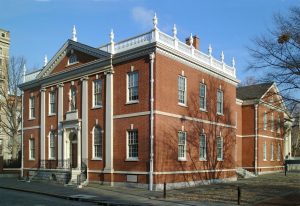This is the forth and final in a series of posts discussing what I see as the decline of Science in the United States. In part three of this series I discussed how the United States not only invented the particle accelerator as an instrument of science but how by building ever larger and more powerful machines American scientists made discovery after discovery in sub-atomic physics from the 1930s right to the end of the century. Today the standard model of how the universe works at its most fundamental level is primarily ‘Made in the U.S.A’.
But no longer, with the Large Hadron Collider at CERN Europe has discovered the Higgs Boson and is pressing on with experiments to make other discoveries. Also, unlike the United States Europe is already making plans for an even more powerful accelerator leaving America falling behind for decades to come.
How did it come to this? The United States became the richest and most powerful nation on Earth precisely by making certain that our nation had the best scientists and the best scientists must have the best equipment. Our founding fathers knew this and each generation of Americans that followed was willing to support the advance of science knowing that is the way nations advance. Today however, America’s attitude toward science, toward basic research is more antagonistic than supportive.
Of course such a major change in a country’s behavior takes a long time. I think America’s view of science began to change a little over a century ago when a large number of States began to pass laws prohibiting the teaching of evolution in their public schools. The idea that in a democracy the people decide what is right and what is wrong seems natural and reasonable. But no matter how people vote, no matter how many pieces of legislation are passed 2+2=4, fact are facts and democracy really only works when the people are wise enough, and educated enough to recognize the truth of that statement.
Then in the 1950s there was the controversy over the use of pesticides such as DDT. Scientists such as Rachel Carson (See my post of 25January17) had found a enormous amount of evidence that the long term effects of DDT were very harmful to both animals and humans. The chemical companies, who were making a lot of money off of DDT, argued with their evidence that DDT was both safe and effective. Both sides had their facts and finding the truth between short term and long term effects is not an easy thing to do. Now I am very much on the side of the environmentalists but it is worth remembering that DDT is both safe and effective; if you only use it once!
Then, in the battle over smoking the fighting became much more bitter, much dirtier. The difference this time was that there was never any evidence that smoking was safe, no one could argue that smoking had any benefit of any kind. It was simply a drug that people got hooked on, a poison that eventually killed them.
Therefore the tobacco companies had to argue that the evidence against smoking wasn’t sufficient, that statistics aren’t really facts. They asserted that the scientists studying the long term effects of smoking didn’t understand their own data. The lawyers working for the tobacco companies had no facts to support their case so they argued against factual evidence itself. In a sense they argued that facts aren’t the truth!
Now we come to global warming and there is now so much money involved that assertions and arguments disguised as facts have so overwhelmed the actual evidence that even very intelligent people don’t know which end is up.
And this portrayal of assertion and opinions as truth has completely infected our media and political systems. Thanks to the internet (yes I’m biting the hand that feeds me) there are so many lies being told and retold and elaborated upon that reality itself has become virtual and many people believe we pick and choose our truths as we please.
No wonder that our congress, more concerned with fighting amongst themselves than doing their job of running our government, has little enthusiasm for supporting scientific research. One specific problem is that the federal government has so much trouble passing a budget each year that they keep the government working by passing ‘continuing resolutions’. But you can’t fund new projects by a continuing resolution.
So what can we do about this? How can we get America back on track? Well it won’t be easy and I think progress will be slow but we must start by simply respecting science again. We must learn to distinguish between opinions and fact, between assertions and actual evidence. We must become critical thinkers so that we are not fooled by the false facts being continuously hurled at us.
We can also promote the idea of science as something valuable, first of all by valuing it ourselves. There are plenty of science museums to go to, I’ve writing several posts about ones here in Philly. Of course the internet has a mountain of information about science but do be cautious, a sand dune on Mars that from a certain angle looks like a face isn’t solid science.
We can promote education, not just science but good education of all subjects. Again, education is an issue that our governments seems to endlessly argue over without accomplishing anything.
As I said at the start of this series of posts I’ve become very concerned about the health of scientific research in this country. I hope these posts may help a little in finding a cure. I will continue to speak about the need to find a solution from time to time and I thank you for being kind enough to listen.

